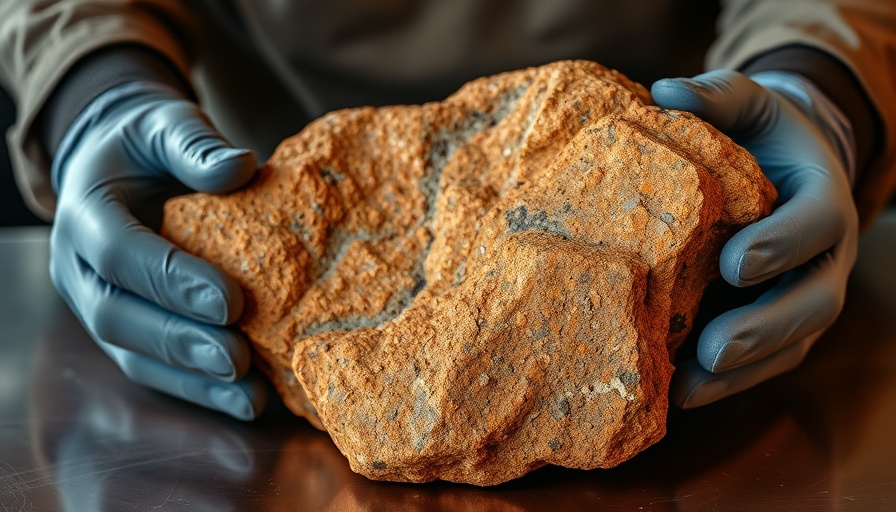
A Piece of Mars: Unveiling the Auction of NWA 16788
Imagine holding in your hand a 54-pound rock that traveled 140 million miles, a remnant from Mars itself. This week, Sotheby’s in New York is set to auction NWA 16788, the largest piece of Martian meteorite on Earth, with an estimated value of $2 to $4 million. This auction isn’t just about a rock; it’s a chance to own a literal piece of our solar system.
From Mars to Earth: A Journey of Continents
According to experts, this meteorite was ejected from Mars due to a massive asteroid strike. The path it took—through space, past planets, and through our atmosphere before landing in the Sahara Desert—highlights the cosmic connections we often overlook in our everyday lives. The story of NWA 16788 is one of resilience and survival, just like the cultural heritage here in Boston, where people appreciate the stories behind the art and artifacts displayed in every gallery.
Why This Auction Matters
Collectibles often spark interest due to their artistic or historical significance. However, NWA 16788 uniquely combines science with artistry. Experts classify this meteorite as an “olivine-microgabbroic shergottite,” formed from slow-cooled Martian magma. The unique composition not only makes it an incredible find among the over 77,000 categorized meteorites on Earth but also emphasizes our ongoing exploration of the universe and what it reveals about our own planet.
A Blend of Science and Spectacle
This auction also includes other significant items, such as a juvenile Ceratosaurus skeleton valued at $4 to $6 million, providing a spectrum of awe-inspiring natural history. These artifacts attract collectors, scientists, and enthusiasts alike, stimulating interest in art, science, and beyond.
Engaging with the Cosmic Story
For the local community in Boston, engaging with such extraordinary events can rejuvenate interest in learning—encouraging trips to museums or discussions about space exploration. Capturing the imagination of younger generations is essential for nurturing future scientists and historians.
So, mark your calendar for July 16, 2025, and consider attending the auction or visiting local exhibitions that celebrate our universe’s wonders. Connecting with the celestial narrative may inspire a greater appreciation for both our planet and the mysteries of the cosmos.
 Add Row
Add Row  Add
Add 




Write A Comment